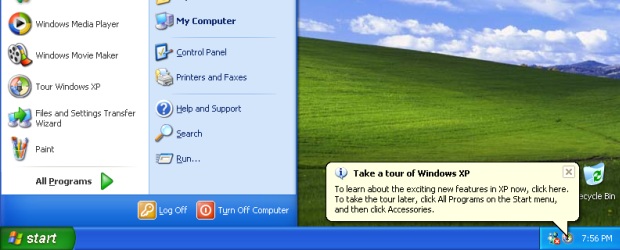Four-and-a-half years after Microsoft Corp. ended most sales of what was perhaps its most popular operating system, Windows XP is one year away from being a dead OS running.
On April 8, 2014, Windows XP and Office 2003 are scheduled for end of services (EOS), which means no more support from Microsoft. No security updates, non-security hotfixes, free or paid assisted support options (although third-party companies may step in with unauthorized services) and no online technical updates from Microsoft.
It’s a date seemingly being marked more with a whimper than with a bang. While a “Save Windows XP” generated a lot of attention, and over 200,000 petition signatures back in 2008, their pleased ultimately fell on deaf Redmond ears, and most OS activists have moved on.
Not all OS users have, however. Data on desktop OS market share as of March 2013 from Net Applications shows Windows XP still has 38.73 per cent of the market, not far behind Windows 7 at 44.73 per cent, and well ahead of Windows Vista and Microsoft’s newest OS, Windows 8, which has just 3.17 per cent.
The numbers show Microsoft has its work cut out for it convincing those XP holdouts to upgrade before the EOS. To spur them on, the vendor is warning that, particularly for business users, sticking with an unsupported OS will be both costly and risky. The vendor warns if extra support costs for apps originally designed for XP, and also notes the OS is not suited for the new form factors coming on the market and is a potential weak-point in a bring your own devices-oriented network architecture.
Citing a study from IDC, Microsoft said it gets more expensive for a business to move on from Windows XP the longer it waits. Still, judging by the market share numbers, it appears many businesses are in no real hurry.





